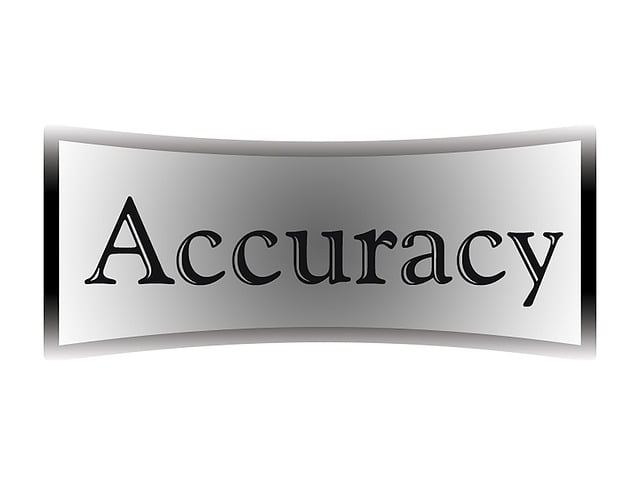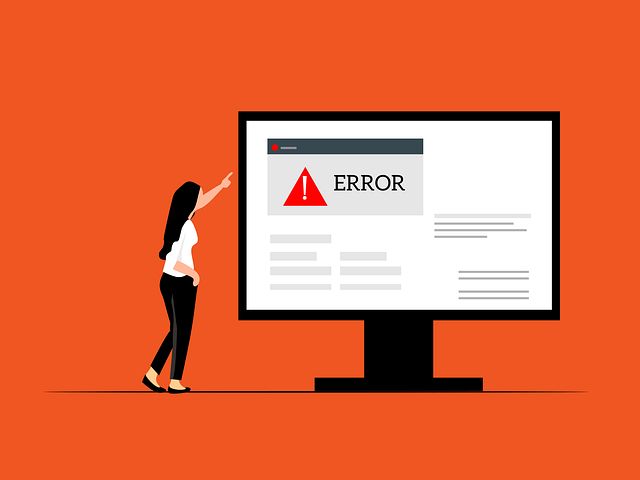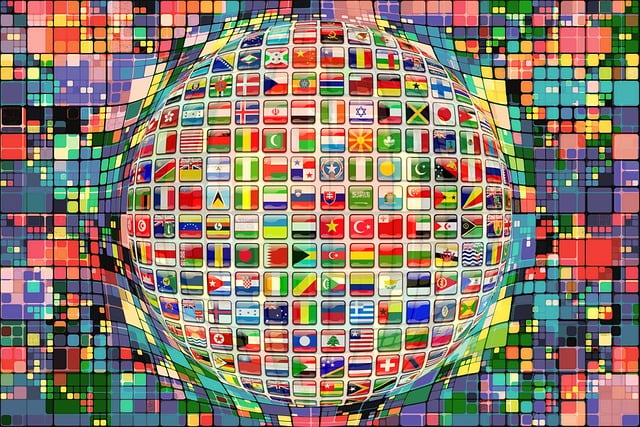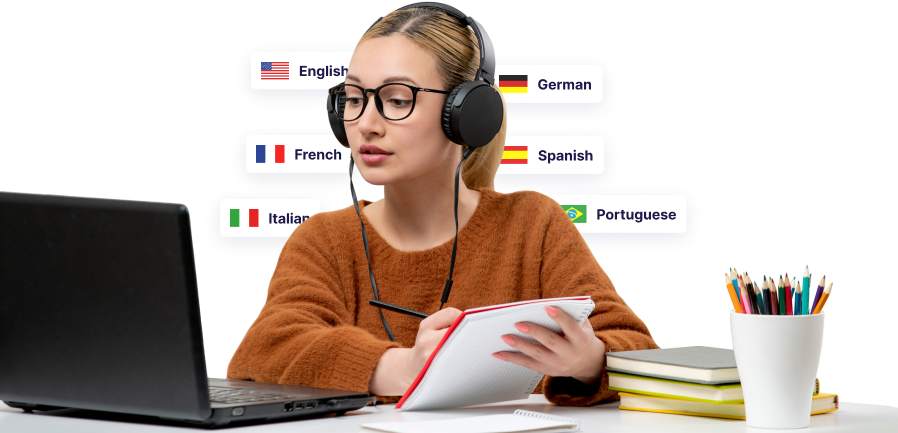Rapid Translate Team
Despite being a top choice for those needing automatic translation, Google Translate is error-prone. Founded in 2006 as a free service, it has grown in fame. However, with constant usage, complaints about its inaccuracies have increased. Hence, people ask, “Why is Google Translate so bad?”
This question might seem weird if you haven’t experienced issues with Google Translate. That’s why this post discusses its errors with specific examples of its inaccuracies. We’ll also tell you how much accuracy you can expect from the Google Translate website or app and other alternatives.
Read to the end to learn all about them!

Table of Contents
How Accurate Is Google Translate?
According to research from the University of California Los Angeles (UCLA) Medical Center, Google Translate’s accuracy varies by language. Although this popular tool maintains the meaning of most translations, its accuracy ranges between 55% to 94%.
If you’re wondering why, you should learn how Google Translate works. Google’s translation database is the Europarl Corpus, a bulky translation of the European Union’s documents. In addition, Google Translate uses digital resources and operates with statistical machine translation (SMT).
SMT uses a string system. However, it’s only accurate for brief sentences as it translates each word individually. Due to this, the tool transitioned to Google Neural Machine Translation (GNMT).
This Artificial Intelligence technology interprets entire sentences before translating, thus improving accuracy. But regardless of this improvement, the tool’s accuracy is still low in some languages.
The UCLA research shows that Google Translate easily generates correct translations for popular languages like Spanish, which is 94% accurate. Though the accuracy varies, Google Translate doesn’t provide 100% correctness for any language.
Therefore, there’s no guarantee of an error-free translation. Hence, it’s best to use it for assistance rather than depend on it entirely. So, if you were wondering, “ How accurate is Google Translate?” you now know that its translation quality is sometimes low.

Why Do People Say Google Translate Is Bad?
Various reports claim that Google Translate is terrible because of the misinformation rate. These misinterpretations are mostly due to errors and improper understanding of context.
Google Translate mostly interprets text literally. Therefore, it can’t understand colloquial expressions, idioms, and figures of speech. This translation tool also finds it difficult to address people properly in gendered languages.
Hence, the tool is better at direct, literal translations. While you can edit the translation results for familiar languages, what happens for those you don’t understand? You may lose opportunities and offend people due to wrong translations.
For example, there’s a Japanese phrase that, when translated properly, shows appreciation for someone’s efforts and hard work. But with Google Translate’s literal rendition, the English translation becomes “you’re tired.”
The same UCLA research cites another example of a wrong transcription. Google Translate’s results read, “You may take anti-tank missiles as much as you need for pain.” The original statement said,” You can take over-the-counter ibuprofen as needed for pain.”
The risk of translation errors is worse in some specializations. For example, misinformation in Medical document translation can lead to death. Likewise, an inaccurate court translation can lead to unsatisfactory pronouncements. Thus, the risk of linguistic errors leads to complaints about how bad Google Translate is.

Hilarious Google Translate Fails
Over the years, Google Translate has had epic misinterpretations, which is why people say the service is terrible. Some of these translation errors stem from its inability to decode the meaning of content in the right context.
However, others may result from swapping terms for specific genders and a lack of cultural understanding, among other things. Here are eight examples of Google Translate fails.
- Google Translate transcribed the phrase “out of sight, out of mind” to “When eyes are not seen, the mind vanishes.”
- The tool translates beef noodles into cow flesh noodles in a restaurant menu translation.
- Translating “ Pepsi brings you back to life” into “ Pepsi brings your ancestors back from the grave” in Chinese.
- Writing “I am pregnant” in Spanish instead of ‘I am embarrassed.”
- Google Translate interpreted the English question, where is the beach? as Where is the beer in Spanish.
- Translation of an Israeli signpost warning “danger, ignorance on the road.” The actual message was about potholes.
- Google Translate rendered the phrase fall protection from English into Spanish as autumn protection.
- Translating the sentence the trainers wore trainers and left on trains into French goes thus. The coaches wore coaches and left them on the trains.
The list could continue endlessly, as several past errors have occurred. Hence, people avoid using Google Translate for formal or official translations.

Why Is Google Translate So Bad Despite System Updates?
Poor understanding of cultural and linguistic nuances is one reason people get bad Google Translate results. However, with the development and adoption of GNMT, translations have improved greatly. Hence, people may wonder, “ Why is Google Translate still so bad?”
This technology still falls short as culture strongly influences language and communication. Hence, an appropriate sentence in a source language may have an offensive translation. A human translator with advanced thinking capabilities can accurately convey the message without directly translating the terms.
Unfortunately, Google Translate can’t do this. Rather, it processes content as tokens and translates directly without understanding the text, leading to culturally insensitive results.
Additionally, since Neural Machine Technology (NMT) models learn to interpret using specific datasets. Hence, their performance flops when handling information outside the dataset. Moreover, if the dataset has language bias, Google Translate will function with the same bias.
However, in addition to written input, NMT also has problems processing and translating noisy vocal input, which leads to inaccuracy. Furthermore, NMT models struggle with technical terminologies in specialized niches.
For example, research on Google Translate in medical communication shows that its translations are 57.7% accurate. Hence, you can understand the reasons behind the numerous Google Translate terrible reviews.
Regardless, Google Translate is a good machine translation tool. However, using it for formal, specialized, or colloquial translations isn’t advisable. You can use it for simple translations that don’t involve complex technical language or grammatical expressions. It’s also great for repetitive content.
FAQ
Why do people say Google Translate is bad?
People complain about Google Translate because it sometimes generates inaccurate results. The tool has limited cultural understanding of concepts and fails to understand difficult concepts and figurative expressions. Due to this, some call Google Translate terrible.
Is there anything better than Google Translate?
DeepL claims to be the world’s most accurate translator, but all machine translation tools have their faults. None is perfect, so you can use multiple tools, compare their results, and select the best. Better still, opt for a professional translator.
Why doesn’t Google Translate work properly?
Google Translate doesn’t work properly because it has limited training data for interpretation. Also, the evolution of language leads to new words and expressions that the translation system may not understand. Moreover, some terms are ambiguous, having multiple meanings that Google Translate cannot contextualize.
Why isn’t Google Translate perfect?
Google Translate is imperfect because its correctness depends on the data available for the target language. Hence, difficult and rare languages have a higher inaccuracy level. Also, Google Translate cannot correct severe typographical errors before translating user input.
Avoiding Translation Fails with Rapid Translate
Since Google Translate and all other machine translation tools aren’t error-free, it’s best to use a human translation. While you may doubt a freelancer’s credibility as people fabricate qualifications, translation agencies always vet their staff.
They have strict quality control measures in place to ensure the delivery of quality translations. Thus, you can hire language experts for source-to-target language translations from a reputable translation company like Rapid Translate.
We have translators for many languages, numbering over 60 pairs. Though our translations aren’t instant, we deliver within two to three days. Moreover, you can request a fast translation that’ll arrive within the same day.
Now that you understand the answer to the question, “Why is Google Translate so bad?” It’s time to experience flawless translations. With Rapid Translate, you can say goodbye to errors and welcome translations that capture context, nuances, and technicality.
Place your order now to get reliable translations in any language!





